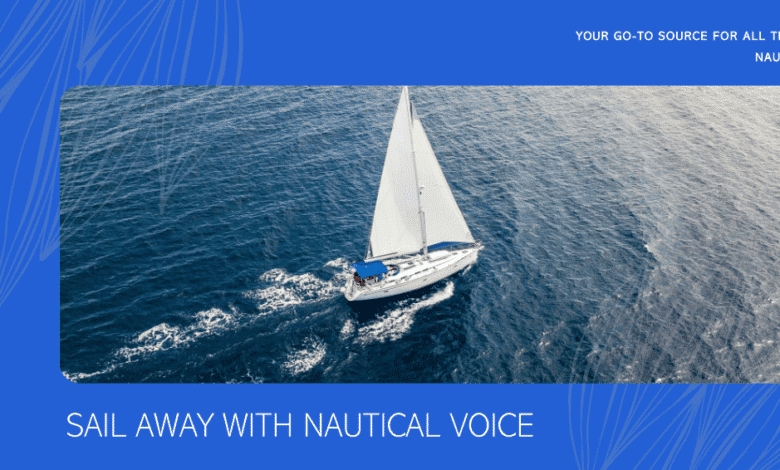Meaning of “AIS”

AIS stands for Automatic Identification System. It is an automated tracking system used in the maritime industry to monitor and exchange real-time information between vessels, as well as between vessels and shore-based stations.
AIS operates through a network of VHF (Very High Frequency) transponders installed on ships. These transponders continuously broadcast information such as the ship’s identity, position, course, speed, and other relevant data. The information is received by other vessels in the vicinity and by shore-based AIS stations, allowing for enhanced situational awareness and collision avoidance.
The key purposes of AIS are:
- Safety: AIS helps in improving maritime safety by providing real-time information about vessel movements, allowing ships to avoid collisions and maintain safe distances.
- Navigation: AIS aids in navigation by providing accurate and up-to-date information on the position, course, and speed of other vessels in the vicinity. It helps ships in making informed decisions and plan their routes.
- Vessel Traffic Management: AIS enables authorities and port operators to monitor and manage vessel traffic efficiently, ensuring smooth operations and effective utilization of maritime resources.
- Search and Rescue: AIS data can be valuable in search and rescue operations, as it provides vital information about the last known position and track of a vessel in distress.
It’s important to note that AIS is primarily used for commercial vessels above a certain size threshold, but it is increasingly being adopted by smaller vessels as well. Additionally, AIS data is often made available to the public through various platforms and websites, allowing for vessel tracking and maritime monitoring.
